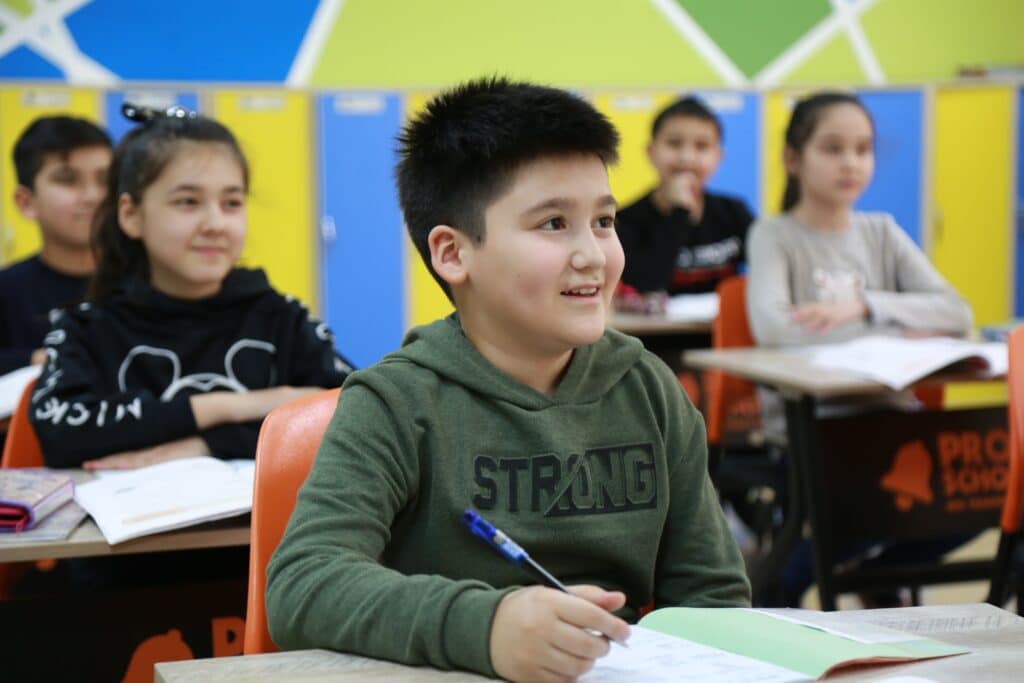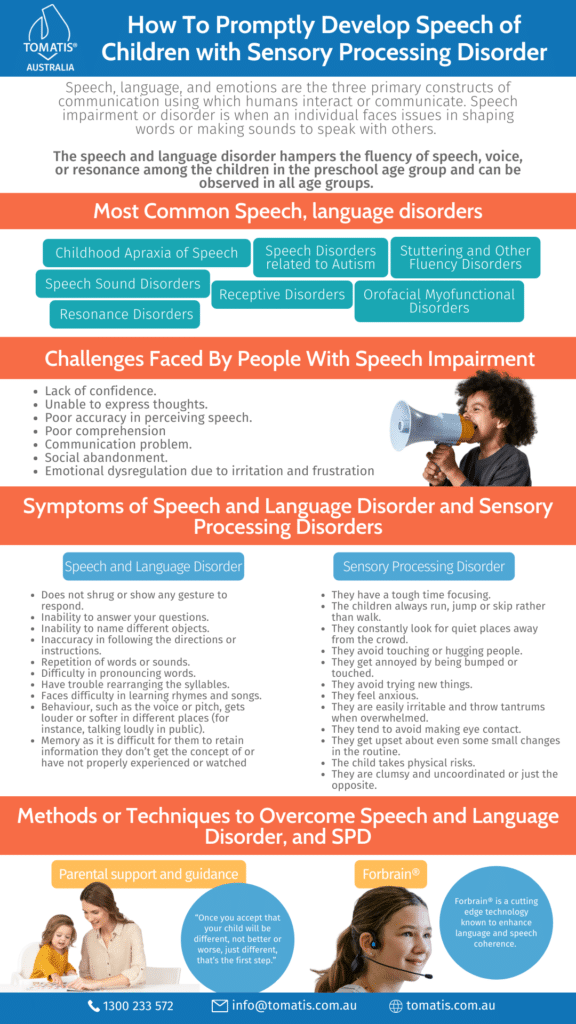Speech, language, and emotions are the three primary constructs of communication using which humans interact or communicate. Speech impairment or disorder is when an individual faces issues in shaping words or making sounds to speak with others. While this communication problem is typically seen in children, this impairment has also been observed in adults resulting from a brain injury, childhood, dementia, auditory processing deficit etc.
The speech and language disorder hampers the fluency of speech, voice, or resonance among the children in the preschool age group and can be observed in all age groups. In contrast, emotional disorders affect decision-making skills and reactions to situations when overwhelmed and not being able to comprehend and express oneself.
Although in most cases, the reasons for the speech, language, and emotional disorders are linked to global development delay, various techniques are available in the market to assist your child cope with these difficulties.






